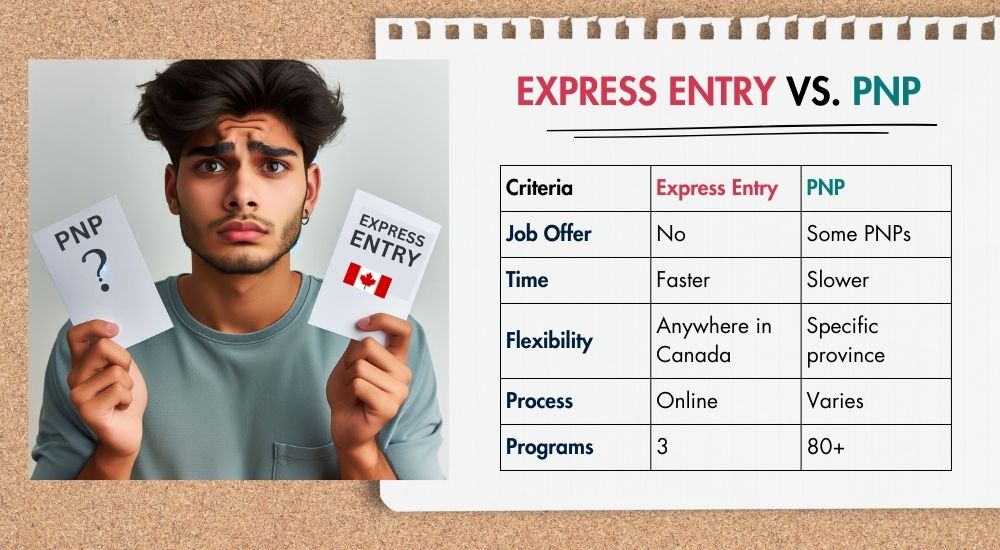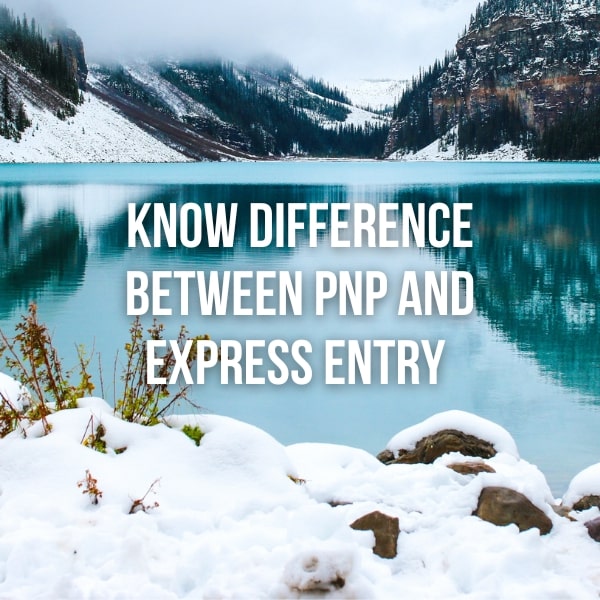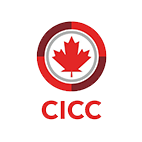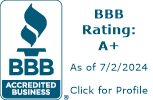Are you wondering about your immigration options to Canada and trying to decide between PNP vs. Express Entry? We understand that this can be a difficult decision. In this guide, we’ll provide an in-depth comparison of these two pathways so you can make an informed choice about which one is the right fit for you.

- Express Entry System: The primary immigration pathway established by the Canadian federal government comprises three programs. The application process takes approximately six months.
- Provincial Nominee Program (PNP) System: A set of immigration programs created and operated by Canada’s provinces and territories, with over 80 programs.
- Applying for PNP Without Express Entry: Prospective applicants request a nomination from the province or territory via a paper-based process. If eligible, the province or territory issues a nomination, and applicants submit their permanent resident applications.
- Applying for PNP With Express Entry: Applicants can follow two routes: Contact the province or territory first, express interest, and create an online Express Entry profile after nomination. Or, start with an Express Entry profile, express interest in provinces or territories, receive a “notification of interest,” and directly apply for permanent residence through Express Entry.
What is the Express Entry System?
The Canadian Federal Government has established the Express Entry System as the primary immigration system for skilled foreign immigrants who want to obtain permanent residence in Canada. The system consists of three immigration programs that offer different pathways to permanent residency:
1. Federal Skilled Worker Program (FSWP)
The FSW Program is designed for skilled workers with foreign work experience and qualifications who want to move to Canada permanently. Eligible candidates need to score at least 67 points out of 100 based on factors such as age, education, language proficiency, work experience, and adaptability.
2. Federal Skilled Trades Program (FSTP)
The FST Program is designed for skilled tradespeople with a certificate of qualification in a skilled trade from a Canadian province or territory or a job offer from a Canadian employer. Eligible candidates must meet the minimum language proficiency and work experience requirements and obtain a positive Labour Market Impact Assessment (LMIA).
3. Canadian Experience Class (CEC)
The CEC Program is designed for skilled workers who have gained at least one year of skilled work experience in Canada within the past three years. Eligible candidates must meet the minimum language proficiency requirements and obtain a positive LMIA or a job offer from a Canadian employer.
The Express Entry System uses a points-based system to rank eligible candidates based on age, education, language proficiency, work experience, and other factors. Candidates who score the highest will receive an Invitation to Apply (ITA) for permanent residence. The system aims to process applications within six months, making it a fast and efficient way to obtain permanent residency in Canada.
How Does the Express Entry System Work?
The Express Entry System assesses candidates using a points-based system called the Comprehensive Ranking System. This CRS system assigns points based on age, work experience, education, and adaptability.
People eligible to apply through one of the Express Entry programs mentioned above will be added to a candidate pool once their points are added. These candidates may receive an Invitation to Apply (ITA) when Immigration, Refugees, and Citizenship Canada (IRCC) conducts a draw whose minimum points threshold is below their CRS score.
Applicants must then gather the relevant documents and pay their fees to complete their permanent resident application. This entire application process takes around six months.
What is the Provincial Nominee Program System?
The Provincial Nominee Program (PNP) system refers to a set of immigration programs created and operated by Canada’s various provinces and territories.
These provinces and territories have made immigration agreements with the Federal Government to help them attract foreign workers who can join their workforce and help grow their local economy. There are currently over 80 provincial nominee programs.
Most of these are designed to bring in foreigners who meet the province or territory requirements. This includes people with specialized skills, investment potential, or Canadian post-secondary education credentials.
How Do the Provincial Nominee Programs Work?
The Provincial Nominee Programs are divided into those that work independently and those that work with the Express Entry System.
Both systems usually assess candidates’ work experience, language skills, and education. They may also need a specific minimum net worth and/or a job offer to qualify for the program.
Applying for PNP Without Express Entry
Prospective foreigners who wish to apply for PNP without using Express Entry can use a paper-based process. This requires them to first ask the province or territory for a nomination via an application.
If they meet the program’s minimum eligibility requirements, the province or territory may contact and notify them about their nomination.
These applicants may then submit their applications and receive Canadian permanent resident status. Following this, applicants must complete a police clearance check and a medical exam and submit any additional documents the province or territory requests.
Related Topic: How to Get a Job Offer from Outside Canada?
Applying for PNP Without Express Entry
Applicants who intend to use the PNP with the Express Entry System can use one of two routes:
Express Entry PNP Route #1
The PNP applicants must first contact the province or territory they intend to move to and express their interest in obtaining an Express Entry Stream nomination. If the province agrees to nominate the applicant, they must create an online Express Entry profile and offer proof they were nominated.
Express Entry PNP Route #2
In the second method, the PNP applicant must start by setting up an Express Entry Profile. They must then inform the country’s various provinces and territories they are interested in immigrating.
Provinces or territories that respond to this request will express a “notification of interest.” This notification will be added to the Express Entry Profile the applicant created earlier.
The candidate can then directly contact the province or territory and apply for permanent residence through the Express Entry Stream. The candidate will receive their permanent residence nomination via their account if successful.

Confused between Express Entry and PNP?
Contact our expertsPNP vs. Express Entry: Which is Better?
Foreigners who wish to learn about Canada’s various immigration programs often ask, “Is PNP better or Express Entry?”.
This simple question has no general answer, as the answer will depend on different factors. However, we can examine PNP vs. Express Entry in different ways.
The table below summarizes some of these differences between PNP and Express Entry.
| Criteria | Provincial Nominee Program (PNP) | Express Entry |
|---|---|---|
| What is it? | A set of immigration programs operated by Canada’s provinces and territories. | The primary immigration system set up by the Canadian Federal Government. |
| Programs are run by | Provincial or Territory Government | Federal Government |
| Available Programs | 80+ | 3 |
| Type of Points System used | Eligibility Points Grid (Varies by Province) | Comprehensive Ranking System |
| Ways to apply | Can be paper-based or through Express Entry | Online through the Express Entry system |
| Job Offer Requirement | Yes (with exceptions for a few programs) | No |
| Can live anywhere in Canada | No (if you move to another province, you may lose your PR status) | Yes |
| Application Processing Time | 4 to 6 Months (for PNPs that are Express Entry Aligned) 15 to 19 Months (for PNPs that are Non-Express Entry Aligned) | 4 to 6 Months |
| Total Application Fees | CAD $250 to 3,500, varies by province and program | Standard government processing fees |
Pros and Cons of Express Entry
The Pros of Express Entry include:
No Job Offer Requirement
You can apply for Canadian immigration through one of the Express Entry programs even if you do not have a job offer from a Canadian employer. However, you may be required to possess a job offer if you do not have enough funds to support yourself and any family accompanying you to Canada.
There is a high chance of selection if you have the right skills and background
You can get ahead of other candidates in the Express Entry pool if you possess the right skills and background. For example, you will receive more points if you have extensive work experience, good English and French language skills, higher education credentials, and adaptability factors, such as siblings residing in Canada.
Fast Processing Times
Most Express Entry applications are processed within just 4 to 6 months.
Living Anywhere in Canada
You can live in any Canadian province or territory through the Express Entry system once you obtain permanent resident status.
The cons of Express Entry include:
Limited Number of Programs
The Express Entry system contains only three Federal programs. Therefore, your chances of immigrating through the Express Entry system are relatively limited.
Tens of thousands of people apply through these three programs each year, which also makes them incredibly competitive.
May Require a Job Offer
As mentioned earlier, you don’t need a job offer to apply for one of the Federal Programs under Express Entry. However, candidates can receive additional points if they possess a job offer from a Canadian employer. Such candidates will have a higher CRS score and will receive preference during Express Entry draws.
Pros and Cons of PNP
Some of the pros of applying through the PNPs include:
A Large Number of Programs
There are over 80 provincial nominee programs to choose from. This means people who don’t qualify for any of the Federal Express Entry programs may be able to find a PNP they are eligible for.
More Ways to Apply
People who apply through the PNPs also get the option of using an Express Entry aligned application process. If they are successful, they can get 600 additional CRS points which will help fast-track them for permanent residence through Express Entry.
Some of the cons of PNP include:
Limited Mobility
People who immigrate to Canada through PNPs are required to live in the province or territory that nominates them for a certain length of time. These new immigrants are not allowed to move to other provinces or territories during this period. This is the most significant difference between PNP and Express Entry.
Potentially High Fees
The application fees for some PNPs exceed the Express Entry fees by a wide margin. For example, the application fee for the BC PNP Entrepreneur Immigration program is CAD 3,500.
Potentially Long Processing Times
People using the non-Express Entry-aligned PNPs will face long processing times of between 15 and 19 months. This is far longer than the 4 to 6 months it usually takes Express Entry Applicants.
Need help with PNP or Express Entry?
As you can see, understanding the difference between Express Entry and PNP can be complicated due to many factors. You can get in touch with our experts if you require help with choosing the correct immigration route.
Our specialized Regulated Canadian Immigration Consultants are familiar with each PNP and Express Entry difference. It can recommend the program that offers you the best chance of immigrating to Canada. Contact us today to start the Canadian immigration process.










